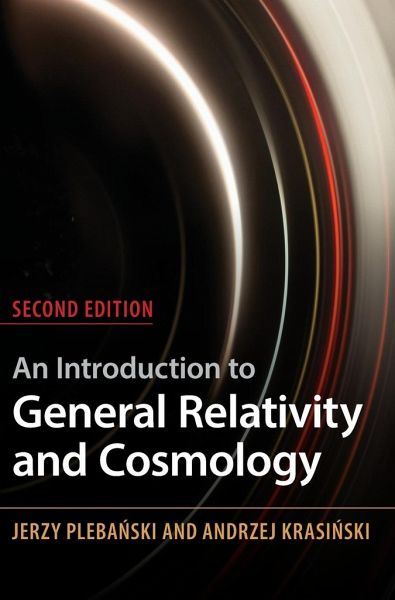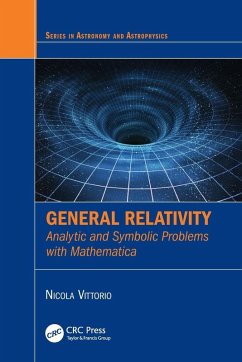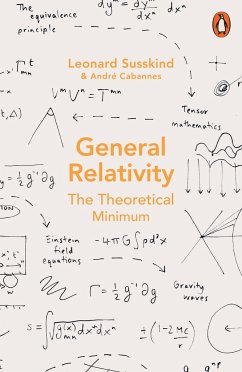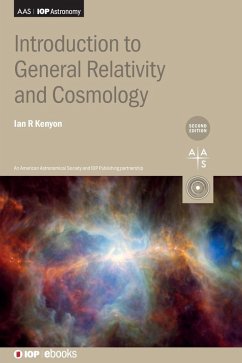
An Introduction to General Relativity and Cosmology

PAYBACK Punkte
41 °P sammeln!
Experts Plebanski and Krasinski provide a thorough introduction to the tools of general relativity and relativistic cosmology, guiding advanced students through complete derivations of the results. Starting with a short course on differential geometry, the main text describes relativity as a physical theory.














